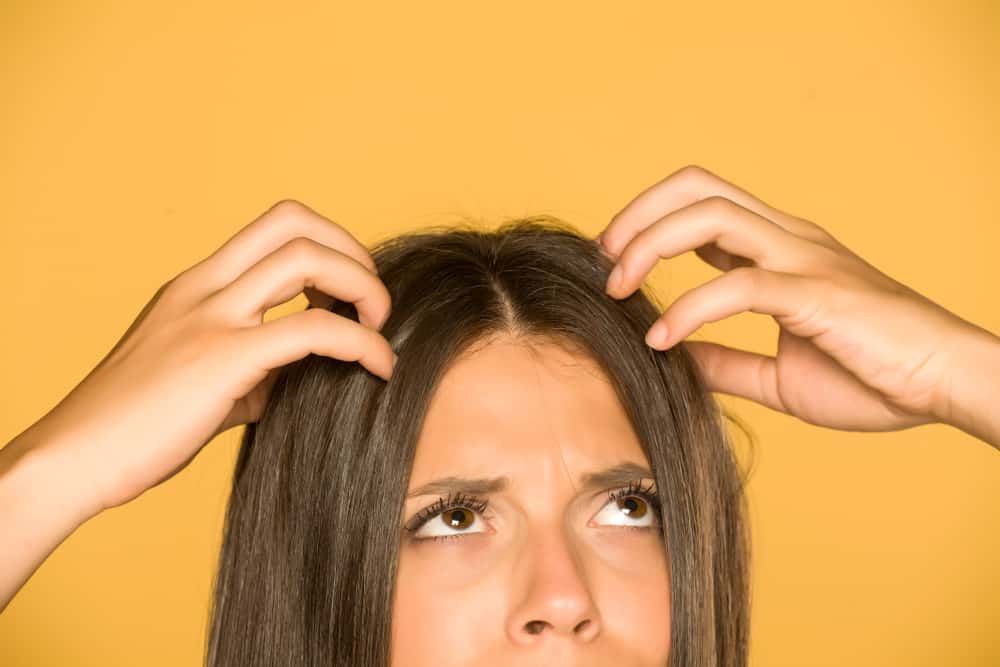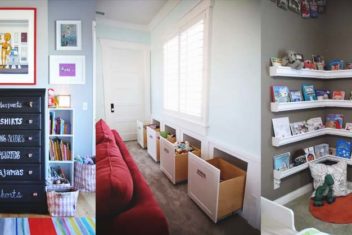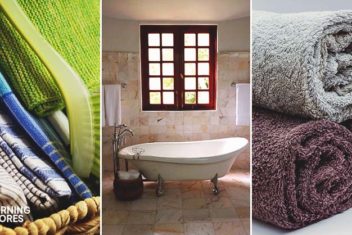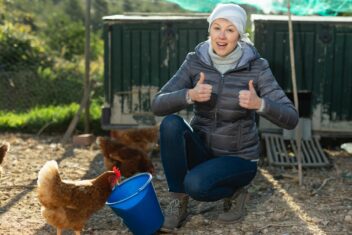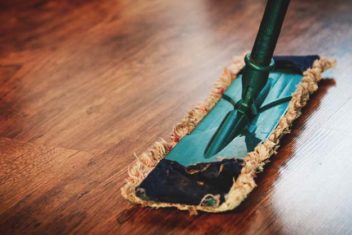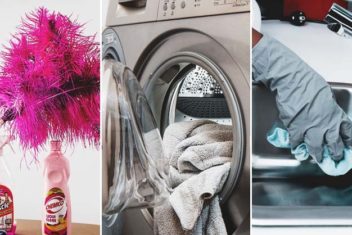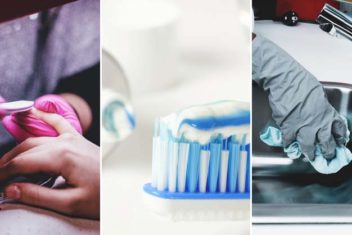Head lice are one of those tricky parts of being a parent. Children play with other children, and one day, they can creep up on you. Even adults can come down with head lice.
It’s hard to know how many people get head lice yearly, but the most common age groups are between 3-11 years old. Studies show that girls are more likely to get head lice than boys as they often play with each other’s hair and come in closer contact.
To avoid the spread of head lice among family members, it’s essential to learn about the signs and how to get rid of these itchy pests. Here’s how:
Diagnosing and Identifying Head Lice
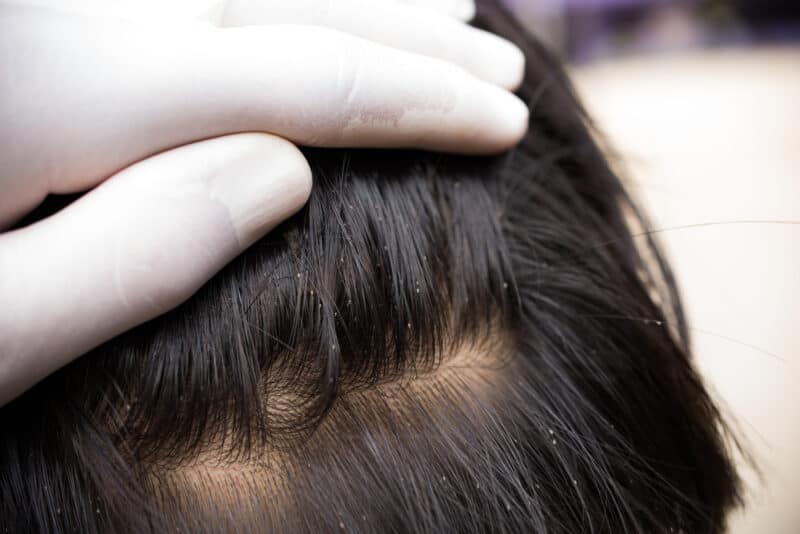
Your scalp can become itchy and dry from drying sun, hot showers, or cold temperatures. That’s why you need to understand the difference between a normal itchy scalp and head lice (Pediculus humanus capitis).
If you suspect head lice, the first step is to grab a hairbrush and comb through the person’s hair. You’ll need to sit somewhere with a bright light to see the little pests with a clear view.
The best way to comb through the hair is with a thin or nit comb with dark tines. The color will allow you to see the light head lice against the dark background. Here are some tips for combing through hair correctly when trying to identify head lice:
- Wet the hair before you pick up the comb
- Find a seat near a bright light in your bathroom or outside
- Don some gloves to reduce the chance of transferring the lice
- Divide the hair into sections
Most people suggest you wet the hair before you start combing. This gives you a chance to see the head lice and makes it more difficult for them to scurry away. However, you can identify lice without wetting the hair.
Use a bright light and divide the hair into sections. This will improve the chances that you don’t miss any lice or eggs (nits).
Remember that lice found away from the scalp might be dead. That could mean that you or the individual had an infestation in the past but that the lice are dead now. You’re looking for live lice at the scalp.
What Do Head Lice Look Like?
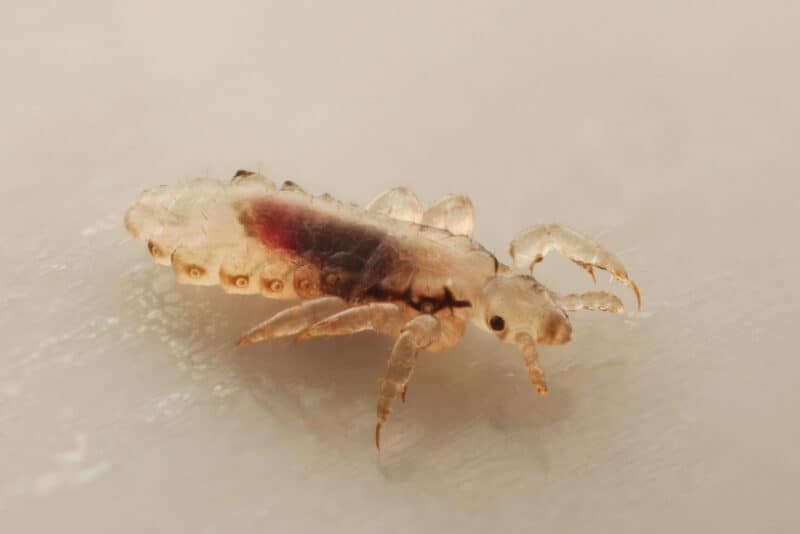
Knowing what head lice look like when combing through hair will save you a lot of time and frustration. Look up pictures or videos online to see what they look like. Then, look for adult lice and their nits, which are the eggs.
The nits are easier to spot as they are often found in the same position and don’t move. Lice are tricky because they will try to run away when you start combing the hair. That’s why it’s essential that you comb slowly and mindfully, ensuring that you check the ears and neck areas.
Adult lice are light brown and resemble seeds. Remember, they can move quickly, so you must be alert when trying to find them. Their nits are yellow or brown and will be laid between hair strands on the scalp.
Remember that your head can collect a lot of dirt and debris from your daily tasks. Children are exposed to sand, dirt, and other things that might look like nits or lice at first.
Be certain that you don’t overlook head lice when cleaning the hair. If the nits are not removed, they will continue to hatch and start new generations.
Home Remedies for Head Lice
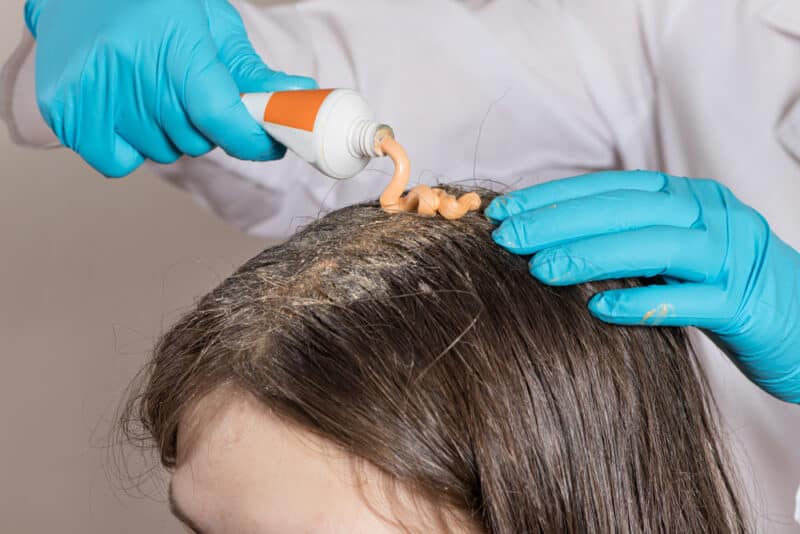
When you discover head lice, you can start with traditional removal methods. For example, use warm water and a head lice shampoo to treat your or your child’s scalp.
You shouldn’t use these shampoo products in the shower or bath unless you clean the tub immediately after. These treatments are full of chemicals that are only meant to be applied to your skin for a short time. Follow the instructions on the label to use small amounts on the scalp.
Once the shampoo has been applied, you can wait 8-12 hours to determine if the treatment has been successful. Your local drugstore will sell these products, but you can also ask your doctor if you can’t find them online or at a store.
Essential Oils
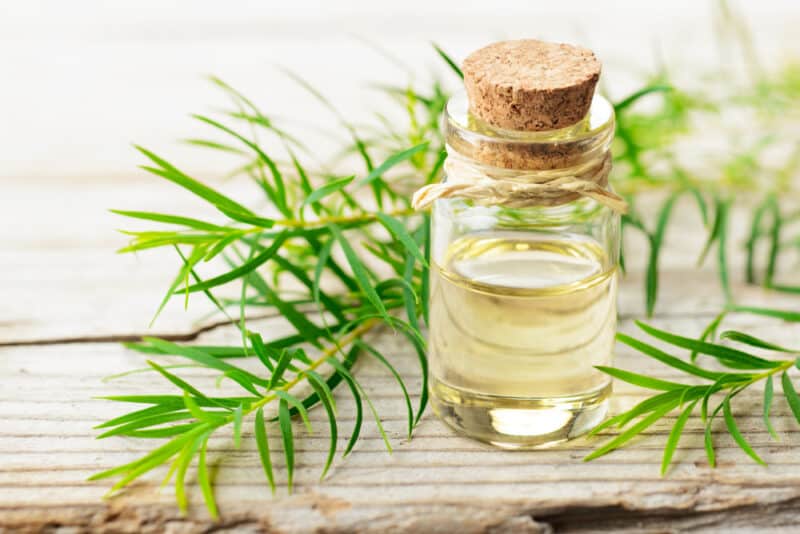
If you prefer to use natural remedies and want to limit the use of chemicals, try an herbal remedy. You should always test your reaction to an essential oil before using it.
Dap a drop of essential oil onto the skin and wait for a few minutes to see if there’s a reaction. Wait a few hours before you act. Then, you can safely apply the essential oil to the scalp.
Eucalyptus (Eucalyptus spp.), along with tea tree oil (Leptospermum petersonii) has been shown in trials to be more effective than some of the common commercial treatments.
Aniseed, peppermint, nutmeg, and lavender oil haven’t been proven to be effective, but many people believe in using it anyway. It could simply be that oil suffocates the lice, regardless of the type of oil.
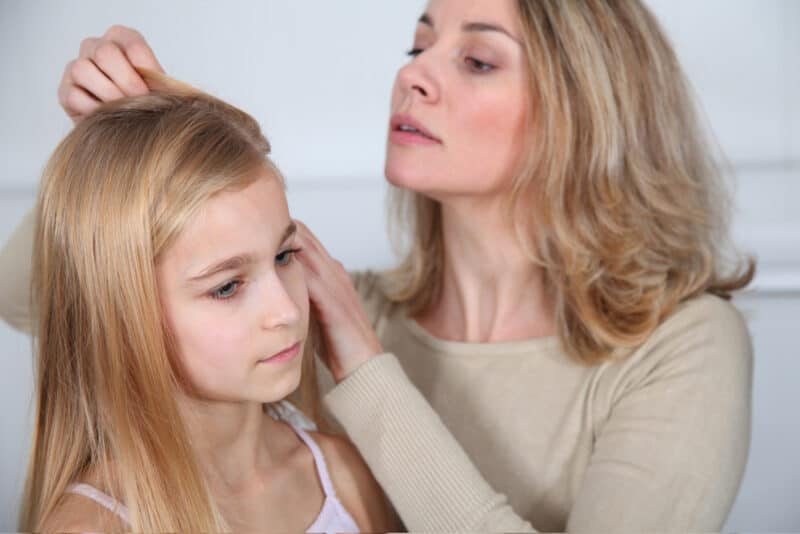
Prepare the mixture by combining the essential oils with olive oil. Add around two ounces of olive oil and at least 15 drops of essential oil. Use caution so you don’t burn your skin with too much oil.
Leave the mixture on your scalp overnight and comb out the adults and eggs in the morning. You might have to repeat this process a few times before it starts working, but it’s worth trying if you want to avoid using a chemical product.
Use a Comb
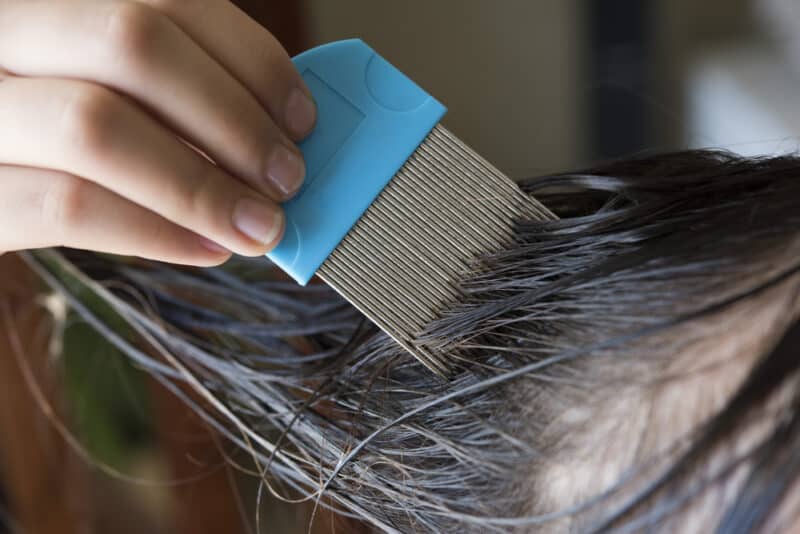
A lice comb is the most effective natural method. You can buy head lice combs designed to remove these pests. This method takes more time, but it doesn’t involve any chemicals and it’s proven to work.
Some schools require your child to be “nit free” when attending classes, so it’s worthwhile investing in finding the comb that works. This way, you can already have a reliable product in your bathroom cabinet for any unexpected nit infestations in the future.
No one wants to shave off their hair, so a good comb is a perfect solution.
It’s important that you check everyone in your home environment at least once a day for two weeks. If you don’t check, the lice could reappear after the treatment has been completed, and you’ll have to start all over again.
Then, give your home a deep clean. This includes washing hats, scarves, bath towels, and anything else that has been in contact with the infected scalp.
As head lice like to travel from one head to another, you need to check everyone in your household. The last thing you want is to clear your child of an infestation and find out that your head is full of head lice.
Avoid Head Lice
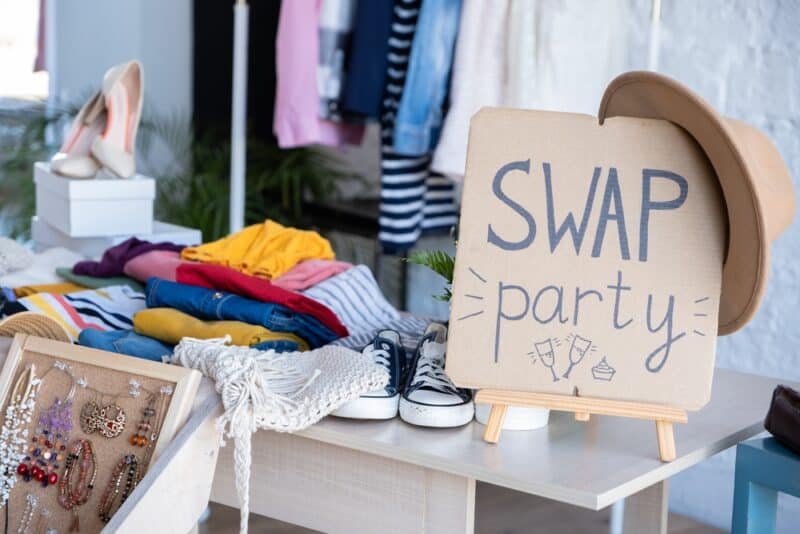
Even if you treat head lice, there’s no guarantee they won’t pop back up again. All you can do is take some safety precautions to limit the risk of head lice developing and infecting your household. Keep all head items separate from each other and the rest of the house.
For example, your child might have a lovely hat they wear in winter, and your other child wants to borrow it. Although sharing is a great character trait, it can lead to sharing head lice, which is not so great.
Instead of sharing hats and other head accessories, try to ensure everyone has their own little collection of head wear. You don’t want arguments to break out when someone doesn’t have their favorite hat. Stock up on a few to make everyone happy and stop head lice from spreading.
Adults with head lice should also avoid sharing headwear and limit head-to-head contact. If you buy used hats, give them a quick look to make sure there aren’t any nits stowing away in there.
